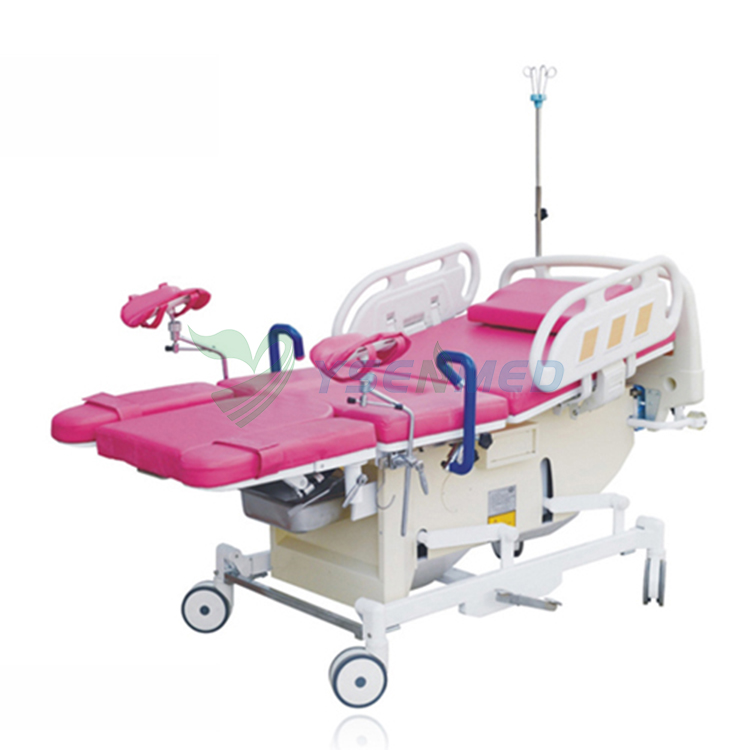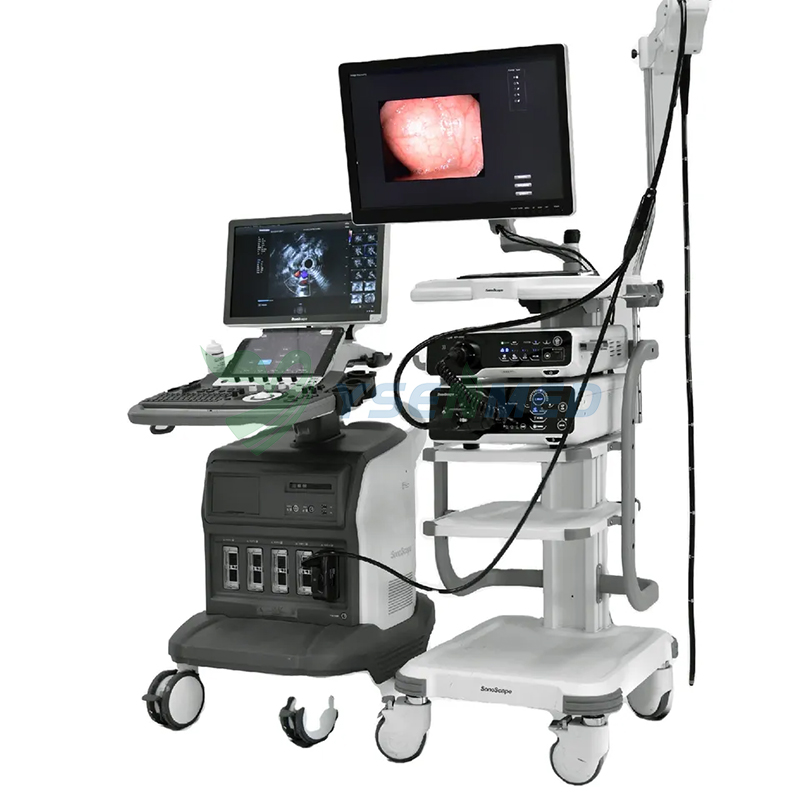title: Beyond the Magnet: An In-Depth Look at MRI's Advantages and Disadvantages
Introduction:
Magnetic Resonance Imaging (MRI) has revolutionized medical diagnostics since its inception. It offers unparalleled insights into the human body without invasive procedures. However, like any technology, MRI comes with its own set of advantages and disadvantages. In this comprehensive guide, we'll delve into the pros and cons of MRI, exploring its benefits and limitations to provide a holistic understanding of its role in modern healthcare.
Understanding MRI:
MRI is a non-invasive imaging technique that uses powerful magnets and radio waves to generate detailed images of internal organs, tissues, and structures within the body. Unlike X-rays or CT scans, MRI does not use ionizing radiation, making it safer for patients, particularly for repeated examinations.
Pros of MRI:
Superior Soft Tissue Contrast: One of the greatest advantages of MRI is its exceptional ability to differentiate between various types of soft tissues. This makes it invaluable for detecting abnormalities in organs such as the brain, liver, and muscles.
Multi-Planar Imaging: MRI allows imaging in multiple planes (sagittal, coronal, and axial), providing comprehensive views of the area of interest. This versatility enhances diagnostic accuracy, especially in complex anatomical regions.
No Radiation Exposure: Unlike X-rays and CT scans, which emit ionizing radiation, MRI uses magnetic fields and radio waves, posing no known risks of radiation exposure. This makes it ideal for pediatric and pregnant patients, as well as individuals requiring frequent imaging.
Functional Imaging Capabilities: MRI can assess not only anatomy but also physiological processes within the body. Techniques like functional MRI (fMRI) and diffusion tensor imaging (DTI) enable visualization of brain activity and nerve fiber tracts, aiding in the diagnosis and treatment of neurological disorders.
Comprehensive Evaluation: MRI can evaluate various pathologies, including tumors, infections, inflammation, and vascular abnormalities, across different body systems. Its versatility makes it a cornerstone in diagnosing conditions ranging from orthopedic injuries to cardiovascular diseases.
Cons of MRI:
High Cost: MRI machines are expensive to purchase, operate, and maintain. Additionally, the complex infrastructure required for MRI facilities adds to the overall cost. These expenses may limit accessibility, particularly in resource-limited settings.
Lengthy Scan Times: MRI scans typically take longer to acquire compared to other imaging modalities like X-rays or CT scans. Patients may experience discomfort from remaining immobile inside the narrow bore of the MRI machine for extended periods, especially those with claustrophobia or mobility issues.
Susceptibility to Motion Artifacts: Even slight patient movement during an MRI scan can result in motion artifacts, compromising image quality and diagnostic accuracy. This limitation necessitates patient cooperation and sometimes sedation, particularly in pediatric or agitated individuals.
Contraindications and Safety Concerns: MRI is contraindicated for patients with certain metallic implants or devices, such as pacemakers, cochlear implants, or metallic fragments, due to potential safety hazards. Pre-screening for such implants and ensuring their compatibility with MRI is essential to prevent adverse events.
Limited Availability of Open MRI: Traditional MRI machines feature a narrow bore, which can exacerbate claustrophobia and discomfort in some patients. While open MRI systems offer a more spacious environment, they often sacrifice image quality and diagnostic capability compared to closed-bore systems.
Conclusion:
Magnetic Resonance Imaging (MRI) is a cornerstone of modern medical diagnostics, offering unparalleled insights into the human body's structure and function. Despite its advantages, including superior soft tissue contrast, multi-planar imaging, and absence of ionizing radiation, MRI comes with its own set of limitations. Factors such as high cost, lengthy scan times, susceptibility to motion artifacts, safety concerns, and limited availability of open MRI systems pose challenges to its widespread use. However, ongoing technological advancements and research efforts aim to address these drawbacks, further enhancing the clinical utility of MRI in healthcare. By weighing the pros and cons of MRI, healthcare providers can make informed decisions to optimize patient care and outcomes.
Keywords: MRI pros and cons, advantages of MRI, disadvantages of MRI, MRI benefits, MRI limitations, MRI safety, MRI technology, medical imaging, diagnostic imaging.
Pros of MRI:
Superior Soft Tissue Contrast:
MRI excels in providing detailed images with excellent soft tissue contrast, making it particularly valuable for diagnosing conditions such as brain tumors, spinal cord abnormalities, and soft tissue injuries. This high level of detail enables healthcare providers to detect subtle abnormalities that may be missed by other imaging modalities.
Multi-Planar Imaging:
The ability to acquire images in multiple planes (sagittal, coronal, and axial) allows for a comprehensive evaluation of anatomical structures from different perspectives. This multi-planar imaging capability is especially beneficial in complex cases where precise localization and characterization of lesions are crucial for treatment planning.
No Radiation Exposure:
Unlike X-rays and CT scans, which utilize ionizing radiation, MRI relies on magnetic fields and radio waves to generate images, posing no known risks of radiation exposure. This makes MRI a safer option for patients, particularly children, pregnant women, and individuals requiring frequent imaging studies.
Functional Imaging Capabilities:
MRI offers unique functional imaging techniques that provide insights into physiological processes within the body. Functional MRI (fMRI) can map brain activity by detecting changes in blood flow, allowing for the localization of brain functions such as language and motor control. Diffusion-weighted imaging (DWI) and diffusion tensor imaging (DTI) are valuable tools for assessing tissue microstructure and detecting abnormalities in conditions like stroke and white matter diseases.
Comprehensive Evaluation Across Body Systems:
MRI is versatile and can assess a wide range of pathologies across different body systems, including neurologic, musculoskeletal, abdominal, pelvic, and cardiovascular conditions. Its ability to provide detailed anatomical and functional information makes it an indispensable tool for diagnosing and monitoring various diseases and injuries.
Cons of MRI:
High Cost:
The initial cost of acquiring an MRI machine is substantial, and ongoing expenses for maintenance, staffing, and facility operation add to the overall cost of MRI services. This high cost of ownership may limit the availability of MRI facilities, particularly in underserved areas or regions with limited healthcare resources.
Lengthy Scan Times:
MRI scans typically take longer to acquire compared to other imaging modalities, primarily due to the need for multiple image acquisitions and higher spatial resolution. Longer scan times can increase patient discomfort and anxiety, especially for individuals with claustrophobia or those who find it challenging to remain still for extended periods.
Susceptibility to Motion Artifacts:
MRI is highly sensitive to motion, and even slight movements by the patient can result in image artifacts that degrade image quality and diagnostic accuracy. Motion artifacts are particularly problematic in pediatric imaging, where young patients may have difficulty remaining still during the scan. Techniques such as sedation or immobilization devices may be necessary to mitigate motion-related issues.
Contraindications and Safety Concerns:
Certain medical devices and implants are contraindicated for MRI due to safety risks associated with the strong magnetic fields. Patients with pacemakers, cochlear implants, metallic implants, or embedded metal fragments may be ineligible for MRI scans or require careful screening and monitoring to ensure their safety. Additionally, the presence of ferromagnetic objects in the MRI environment poses risks of injury or equipment damage if proper precautions are not taken.
Limited Availability of Open MRI:
While open MRI systems offer a more spacious and less confining environment compared to traditional closed-bore systems, they often sacrifice image quality and diagnostic capability. Open MRI machines may have lower magnetic field strengths and spatial resolution, leading to suboptimal imaging for certain applications. Furthermore, the availability of open MRI systems may be limited compared to closed-bore systems, particularly in specialized imaging centers or tertiary care facilities.
In conclusion, while MRI offers numerous advantages in terms of superior soft tissue contrast, multi-planar imaging, absence of radiation exposure, functional imaging capabilities, and comprehensive evaluation across body systems, it also presents challenges such as high cost, lengthy scan times, susceptibility to motion artifacts, safety concerns, and limited availability of open
MRI systems. Healthcare providers must weigh these pros and cons carefully when selecting imaging modalities for their patients, considering factors such as clinical indication, patient characteristics, resource availability, and safety considerations.




